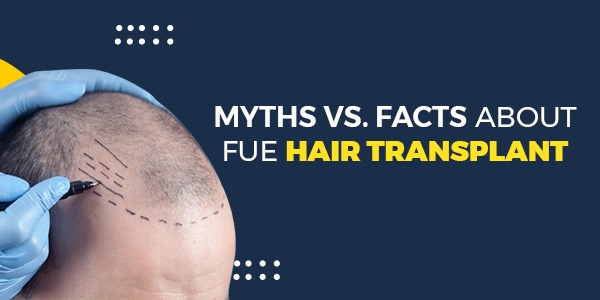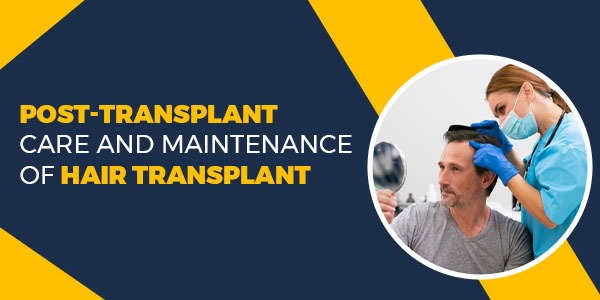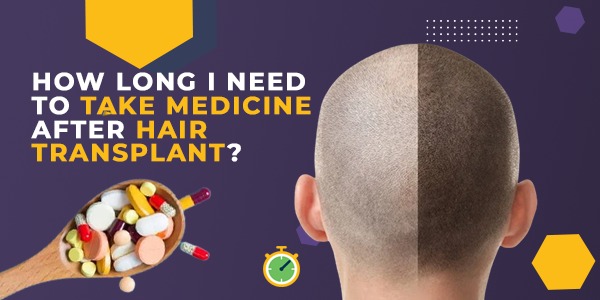Losing hair can be a distressing experience that lowers one’s self-esteem and confidence. For many people, hair transplant surgery in Raipur provides a permanent solution; however, in certain instances, a second hair transplant may be required to get the desired effects. For those looking to successfully restore their hairline, knowing when to consider a second hair transplant is essential.
Understanding the Need for a Second Hair Transplant:
In hair transplant surgery, donor areas are used to harvest healthy hair follicles, which are then transplanted into balding or thinning scalp areas. Even though the process can result in noticeable improvements, the outcome can also be influenced by other factors like the degree of hair loss, the quality of donor hair, and the patient’s reaction to the initial transplant. Furthermore, the success of a hair transplant is greatly influenced by the surgeon’s training and experience. To guarantee natural-looking results, a proficient surgeon will carefully evaluate elements like hairline design, follicle placement, and graft survival. Optimizing the procedure’s results also depends on post-operative care and following recovery instructions. It is advised that patients adhere to the prescribed aftercare plan, which may involve refraining from specific activities, taking prescribed medications, and scheduling follow-up appointments. People can optimize the effectiveness of their hair transplant and attain satisfactory long-term results by being aware of these variables and actively engaging in the treatment process.
Signs That You May Need a Second Hair Transplant:
- Insufficient Density: Failure to attain sufficient density following the first procedure is a frequent justification for thinking about getting a second hair transplant Surgery in Raipur. Particularly in places where coverage is necessary for a natural-looking effect, some people may notice that their hair appears thin or sparse.
- Progressive Hair Loss: A hair transplant may not stop a person’s hair loss because hair loss is frequently a progressive condition. In these situations, it might be necessary to have a second transplant to improve the results or address more balding areas.
- Uneven or Unnatural Hairline: The success of a hair transplant depends on achieving a hairline that looks natural. But occasionally, the initial procedure can leave hairlines that look too harsh or straight, giving the appearance of being unnatural. A more aesthetically pleasing outcome and finer hairline can be achieved with a second transplant.
- Scar Revision: Although contemporary hair transplant techniques reduce scarring, some patients may experience noticeable scarring after the procedure, especially if they underwent an older technique like strip harvesting. Scar revision may be necessary after a second transplant to smooth out scars and produce a more regular, smooth hairline.
- Need for More Coverage: As people age, their patterns of hair loss may change, necessitating more coverage in places where the first transplant did not address it. Additional density can be added to previously transplanted areas or new areas of balding can be addressed with a second hair transplant.
Consulting with a Specialist in Hair Transplantation:
A thorough assessment by the best hair transplant surgeon in Raipur is necessary to decide if a second hair transplant is the best course of action. The surgeon will evaluate the extent of your hair loss at this time, talk with you about your expectations and goals, and suggest a customized course of treatment during your consultation.
Conclusion:
For those who would like to see even better results from their hair restoration procedure in Raipur, a second hair transplant may be a wise choice. Through the correction of scars, uneven hairlines, insufficient density, progressive hair loss, and the need for more coverage, a second transplant can help patients achieve their desired aesthetic results and feel more confident about their appearance. It is crucial to speak with a skilled surgeon if you are thinking about getting a second hair transplant. They can offer professional advice and recommendations that are customized to meet your unique requirements.










